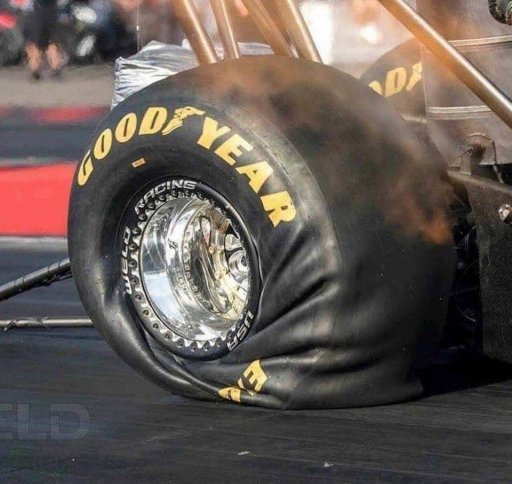What I was saying was incorrect is that the rating you see on the sidewall is the maximum psi you should ever have in your tires. It is not. It is the max *cold*. If you set your tires there cold you will certainly see above that number once you've run down the highway, but that is perfectly safe/okay. This has nothing to do with sizes, brands, etc. DOT requires that max pressure on the sidewall, and DOT specifies it as a *cold* rating. FWIW I have run 80psi on other tires on this truck when I was still towing 17k+ lbs 5'ers with > 3,500lbs pin weight - but of course I did not get 50k miles out of tires towing that heavy -and- off roading on M/Ts.
My current tires (37x13.5-17" Toyo M/Ts) are rated at 4,300lbs each at 65psi. My truck with the camper on is north of 10k, but pretty evenly balanced (a bit nose-heavy), and obviously does not begin to approach 8,600lbs per axle. Still, I find the most even tread wear at 60-65psi cold, aka very close to the rated limit for the tire. Every tire will be different, it is not always the case that you *only* run the max psi at the max load. If my truck weighed half this much I don't expect I'd still find 60-65psi correct, but I don't think it needs to be 17,200lbs to wear best at 60-65psi either. The amount of sidewall flex at even 50psi is enough to tell me it's "not right" for my application *on road.*
-TJ





